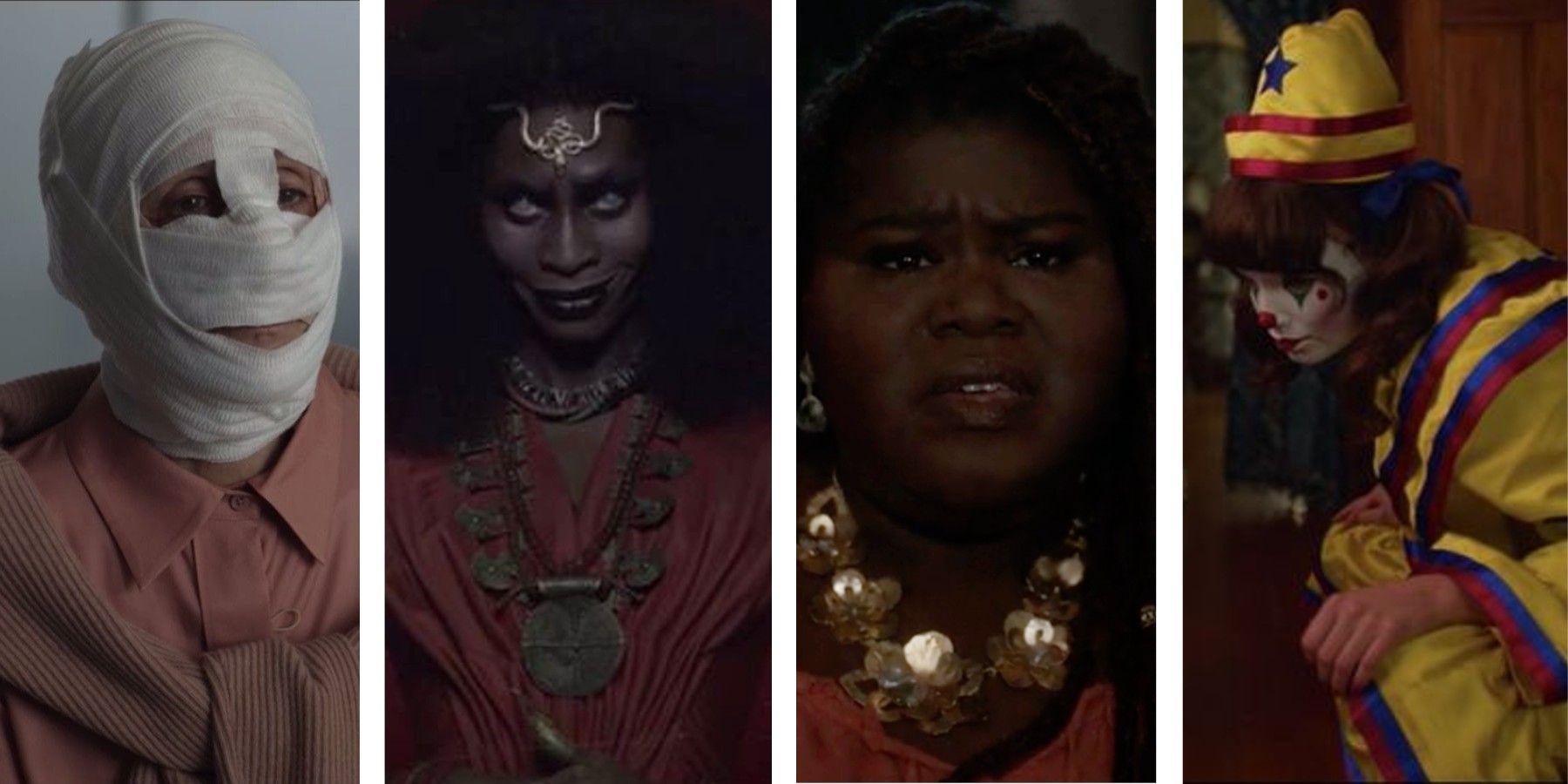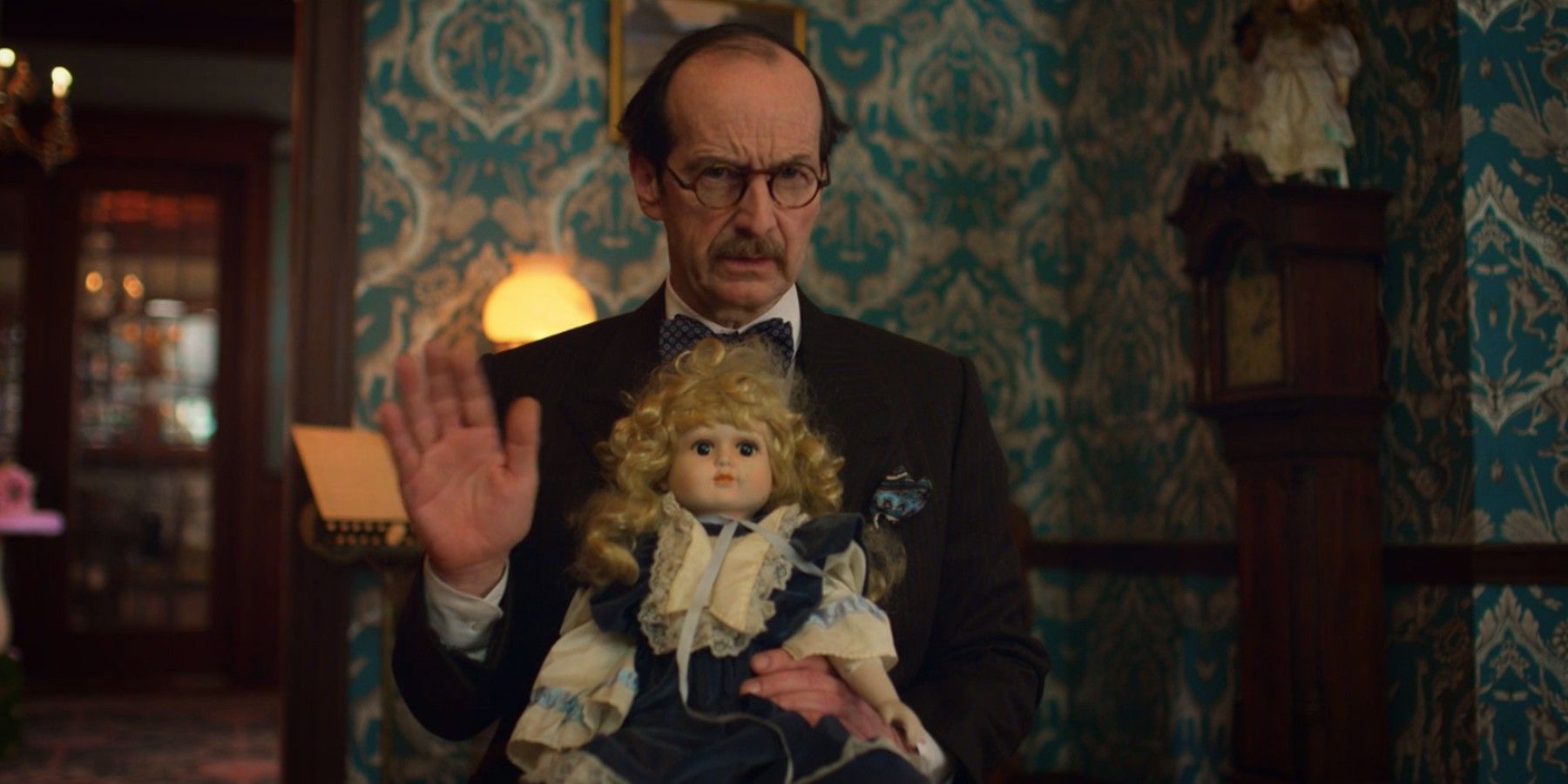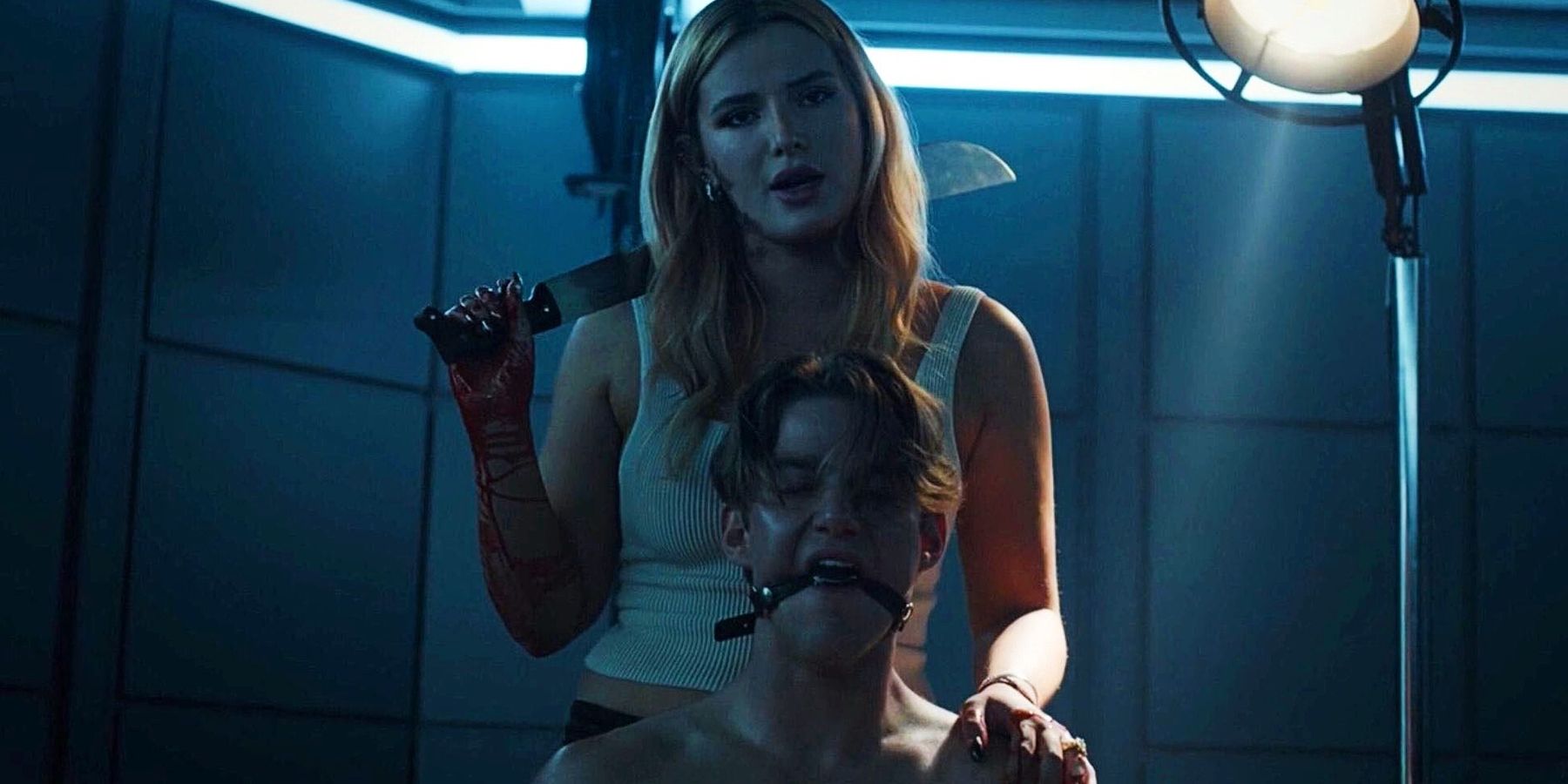Prior to its 2021 debut, little was known or expected of Ryan Murphy and Brad Falchuk’s American Horror Stories, a spin-off of the notorious horror franchise American Horror Story. Unlike the flagship series, the spin-off would tell one horror story in each episode, as opposed to stretching it into an entire season. Season 1 of the horror spin-off revisited one of the most infamous locations from the original series, which severely influenced the way viewers interacted with the spin-off.
Among critics and viewers, it’s unanimously agreed that the second season of American Horror Stories is a significant improvement from its first. Season 2 separates itself from both season 1 of American Horror Stories and the original series, American Horror Story. This distinction allows for season 2 to explore a variety of stories aside from the ones that may somehow be tethered to the original series. While season 2 does include one episode that is related to American Horror Story, the way in which the episode unveils that twist, still allows the episode and its content to appear unique.
Season 1 of American Horror Stories frequently revisited Murder House, the location and title of American Horror Story’s first season. Of the seven episodes that made up the first season of American Horror Stories, three of them took place in Murder House. The use of a location already familiar to American Horror Story fans limited what the spin-off series was able to do both creatively and narratively. Murder House was revisited in American Horror Story’s eighth season, Apocalypse, which featured the exciting return of Jessica Lange as Constance Langdon. By using a location that quite literally has a life of its own, the legacy of the characters that still exist there, along with the narrative between them that has been dissected frequently, there is very little room to do anything that hasn’t already been done.
In season 2 of American Horror Stories, there is only one episode that has any correlation to a previous American Horror Story installment: “Dollhouse.” The very first episode of American Horror Stories season 2 begins with an authentic story of a woman who has gone in for a job interview and found herself sucked into a twisted game of life and death. Aside from Denis O’Hare’s familiar face, there is little to suggest that “Dollhouse” has any correlation to anything previously established by the horror franchise. However, the ending of “Dollhouse” forces viewers to make the connection to American Horror Story: Coven, revealing that “Dollhouse” actually serves as a backstory for Spalding, who was played by O’Hare. This clever concealment of the surprise revealed near the end of “Dollhouse” is not only an effective twist but adds a meaningful layer to an already spooky episode of the confined spin-off series. Without the Coven tie-in, “Dollhouse” is still terrifying in its own right.
Aside from relying extensively on Murder House, season 1 of American Horror Stories was significantly driven by holidays. At least three episodes within American Horror Stories’ first season occur on or close to Halloween, while another happens during the Christmas season. The Halloween setting is popular within the horror genre, most notably for the Halloween franchise, though American Horror Story has routinely used it throughout various seasons. Season 2 of the spin-off series does very little to incorporate holidays of any sort, choosing to focus its attention on exploring original stories. As opposed to holidays, most of season two’s individual horror stories use various forms of folklore as their backbone.
“Drive” (season 2, episode 3), utilizes the “killer in the backseat” urban legend, with a twist. Like “Drive,” the legend includes a woman being repeatedly warned of a serial killer who hides in backseats and claims their victims. The woman is often followed by a vehicle that flashes its high beams or hits their car in order to warn them. “Drive” follows this legend directly, but rather than the actual killer or a ghost, “Drive” has a cunning twist that reveals its focal character as the killer. “Bloody Mary” (season 2, episode 5) is another example, as it not only derives from the Bloody Mary tale but the African folklore of Mami Wata.
The first season of American Horror Stories quickly proved that the most effective episodes were those that had no connection to the original franchise. “BA’AL” is unanimously considered the debut season’s best. Season 2 of American Horror Stories rightfully prioritizes telling unique, individual stories that lack the connection to the flagship series, allowing for far more creative and intriguing stories to be explored. Even “Dollhouse,” which is linked to the original series, does so in a very subtle, but meaningful way. Its lack of outright reliance on a previously established narrative is what makes it an effective expansion, as opposed to the several episodes from the spin-off series’ first season.
American Horror Stories is at its strongest when it is working to tell its own stories. Most of the series’ most memorable episodes are those that are separate from the flagship series, even if it stars some of the horror franchise’s returning cast members. Cody Fern stars in "Milkmaids" (season 2, episode 4), a grotesquely frightening addition to the spin-off series, while Gabourey Sidibe and Max Greenfield star in “Aura” (season 2, episode 2). Other episodes like “Necro” (season 2, episode 7) introduce new cast members to the horror franchise to increase the gap between the original series and its spin-off. These elements work together to solidify American Horror Stories as an entity separate of the original series.
American Horror Stories is now streaming on Hulu.



